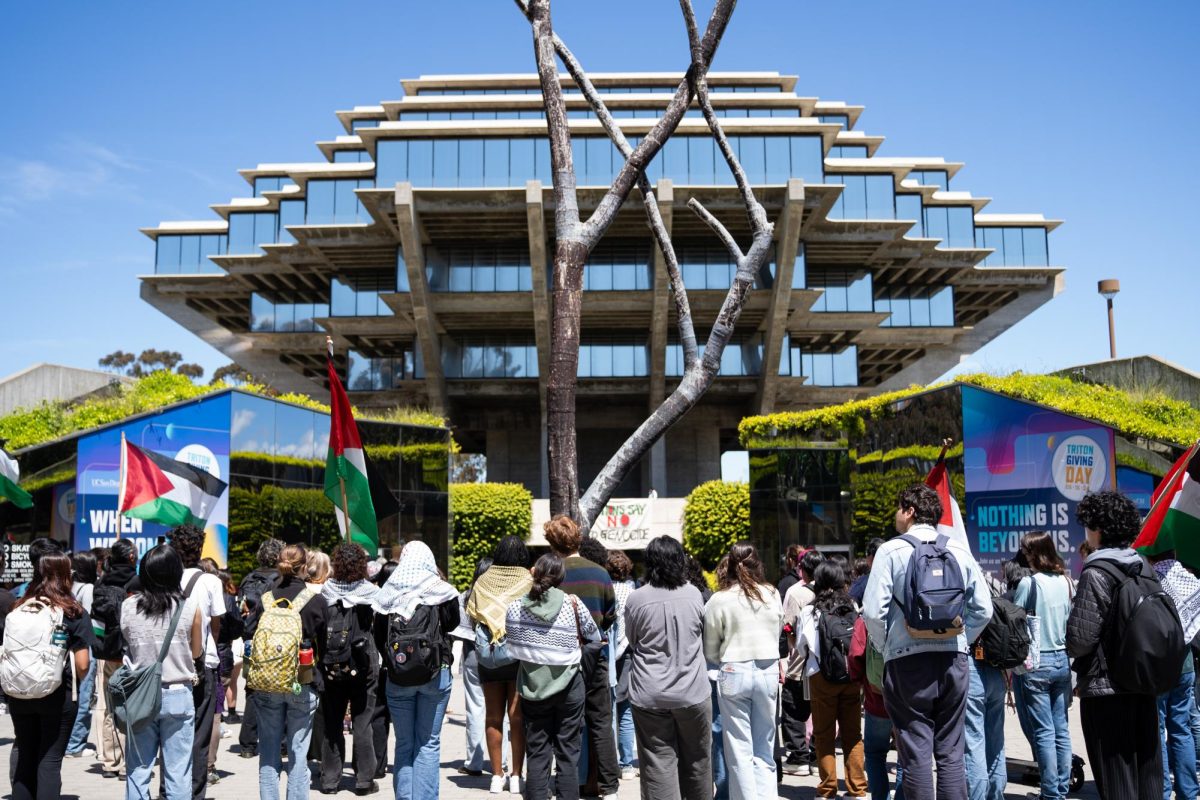Despite five consecutive nominations for the Nobel Peace Prize and a base of celebrity and community support for the governor to grant him clemency, Stanley “Tookie” Williams was executed on Dec. 13, 2005.
But there was an important political outcome of Williams’ execution. A group of current and former criminal prosecutors mulled a two-year moratorium on executions, which was initially endorsed by the Democrats in the legislature until a political battle made them fear it could hurt them in the upcoming elections. Hopefully, they now understand what a waste of time it would have been.
The aim of the moratorium was supposedly to discover the reasons behind the sentencing of the six men who were wrongfully convicted and released by the state over the last 20 years. But it was presented without any kind of plan for studying the criminal justice system or passing legislation to reform it.
A flawless judiciary is nothing but a utopian fantasy, and convictions of innocent men and women are unfortunate consequences, but a simple short-term moratorium is not even the beginning of a solution. It is, in fact, nothing but a cheap cover-up of the deeper problems, and would do nothing to bring justice to those inmates. The better course — and therefore the harder one — would be to put in the long and difficult work needed to improve the opportunities to appeal and negotiate a plea that are currently available to all those on Death Row.
According to Elisabeth Semel, a professor at UC Berkeley’s Boalt Hall School of Law and director of Boalt’s Death Penalty Clinic, more than 200 of those on Death Row will wait for four to eight years just for the appointment of a counsel to handle their appeals. Inmates sentenced to life wait even longer.
What are the chances that an innocent person will be helped by a two-year moratorium? How many more might be helped if the Legislature — especially the Democrats who were seemingly willing to support the moratorium — instead focuses its efforts on getting competent, timely representation for these individuals?
One cannot say which is worse — the death penalty or life imprisonment — but in the personal opinion of many, the two can certainly be compared in their degree of punishment. How much more does a man on Death Row lose than a man who spends the rest of his life behind bars?
It is the former who receives the far greater share of attention and resources, but a study of the legal system and its shortcomings, however, would be far more effective — in the long run — in serving all those who have been wronged at the hands of the state.
Executions are carried out at a notoriously slow pace: There have been only 11 done in California in the past 13 years. By the time many inmates are able to appeal and are actually executed, they may well be in a situation similar to Clarence Ray Allen, California’s most recent execution. Allen arranged a triple-slaying in 1980 while serving time for another murder, but was 76 at the time of his execution. Twenty-three years in San Quentin had left him diabetic, legally blind and confined to a wheelchair outside his cell. He had had two heart attacks and a stroke and was too weak to grant interviews.
Allen’s argument was that he was too old to die, and that it would be cruel to kill him. He called San Quentin’s health care system chronically deficient, and said that it was “punishment enough.” Many have faced a similar predicament. Forty-eight of those on the Death Row have died in California before appeals ran their course. These people served a sentence that was functionally indistinguishable from a sentence of life in prison, yet they were able to tie up the legal system and demand a greater degree of attention than a person who received the “lighter” sentence in the first place.
The focus should be on why so many innocent people have been wrongly convicted, and whether the state is capable of fairly enforcing capital punishment at all. Perhaps that was the Legislature’s intent, but it only made it to the moratorium part and seemed to have lost interest. The result was a weak temporary measure that neither tried to stop capital punishment nor offered any improved justice to those wrongfully sentenced.
If the true aim of politicians is to offer justice to these individuals, including the many more who serve lengthy sentences for crimes they didn’t commit, then improving the health conditions of California prisons would be a good place to start. After that, they can take on the responsibility — which only they have the power to assume — of reforming the shortfalls of the legal system.







